Odisha the land of cathartic spiritual experiences, intricate art and immortal architecture regaling timeless tales, beaches, cuisines, landscapes and wildlife.
The historical monuments of Odisha stand testament to the glorious architectural heritage of the state. The Kalinga Architecture as it is known came into existence in the 6th century AD and continued unabated till the 16th Century AD. The Kings or Gajapati’s of Kalinga irrespective of dynasty encouraged the architects to express their creativity by infusing life into stone. What makes the Kalinga Architecture so distinctive and pleasing to the eye is its, structural details, plan, elevation and skillfully crafted figurines which adorns the outer walls of the monuments. The other notable thing about the monuments of Odisha is that the architectural style wasn’t rigid and throughout its history it continued to evolve incorporating new styles and aspects which added to their legend.
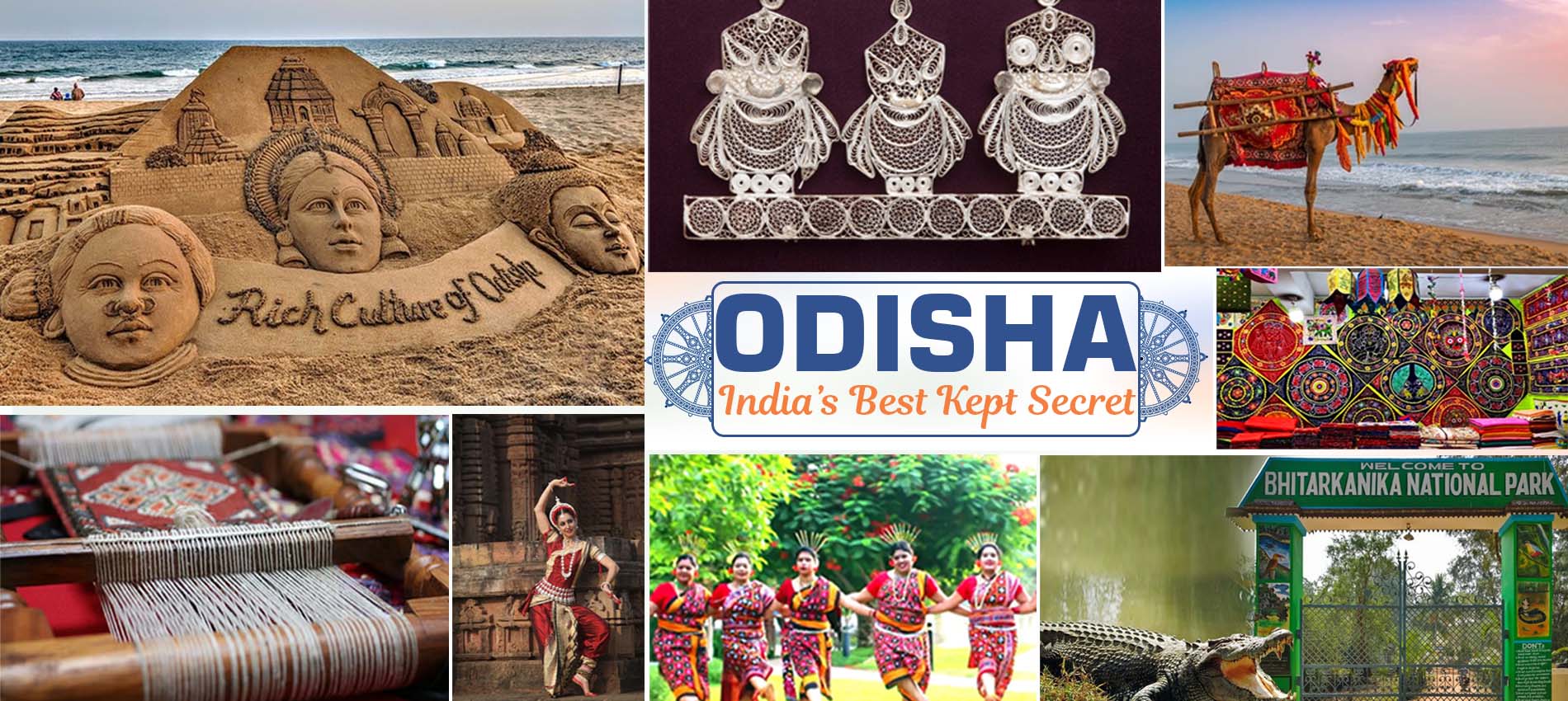
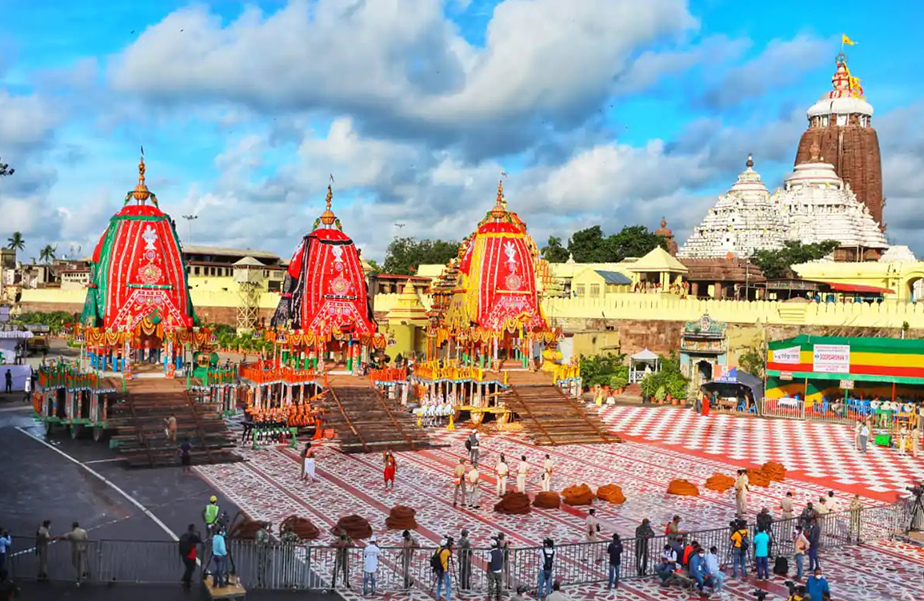
Puri is famous for the world famous Shri Jagannath Temple & Longest Golden Beach. It is one of the Dhamas (Holiest of the holy place) out of four Dhamas i.e. Puri, Dwarika, Badrinath & Rameswar, in India.
Mahaprabhu Shri Jagannath alomg with sister Devi Subhadra and elder brother Mahaprabhu Shri Balabhadra are being worshipped in Puri (The Purusottama Kshetra). The deities are seated on the Bejeweled Pedestal (Ratna Simhassana). Shri Jagannath Puri Temple is one of the most impressing monuments of the Indian State Odisha, was constructed by a famous king of Ganga Dynasty Ananta Varman Chodaganga Deva dating back to 12th century at the seashore Puri.
The main temple of Shri Jagannath is an impressing and amazing structure constructed in Kalinga architecture, with a height of 65 meters placed on an elevated platform. There are so many festivals of Sri Jagannath during the year observed in Puri. Which are Snana Yatra, Netrotsava, Ratha Yatra (car festival), Sayan Ekadasi, Chitalagi Amabasya, Srikrushna Janma, Dussehra etc. The most important festival is the World famous Rath Yatra (Car Festival) & Bahuda Yatra. A large crowd is gathered to witness Mahaprabhu Shri Jagannath durig this festival.

Raghurajpur is a picturesque village located in the Puri district of Odisha, India. With a population of 824 people residing in approximately 190 households, this village is nestled in a serene rural setting.
Raghurajpur, the heritage crafts village, has been recognized as the Best Tourism Village 2023 in Silver Category.
Raghurajpur is acclaimed for its well knows Pattachitra painting, stone carvings and palm leaf inscriptions, traditional dances and rustic rural landscape.
Raghurajpur carries the eco-friendly soul that can be seen from its paintings painted in natural colors.
The Gahirmatha Turtle Sanctuary provides a great diversity of flora and fauna. The main flora of Gahirmatha Turtle Sanctuary are Bel, Ziziphus Bija, Terminenalia, Salaia, Casia, Kauriculata, Helicteres, Tendu, Hiwar, Palas, Sal, Dhawda, Babul, Teak, Bamboo and hair etc.
It is well known for the huge Olive Ridley Sea Turtles that come from the Pacific Ocean to give the eggs and mate.

The largest and the most sacred shrine of the Temple City Bhubaneswar is the Lingaraj Temple. The temple is devoted to Lord Harihara, which essentially means it is dedicated to Hari (Lord Vishnu) and Hara (Lord Shiva).
Built in the 11th century, this place of worship houses a Swayambhu (self-manifested) Shivalinga, which is believed to be 8 feet in diameter and 8 inches tall. An architectural wonder, the Lingaraj Temple is the top tourist attraction of the city; however, it can only be visited by Hindus.
A platform has been built outside the complex for non-Hindus to get a glimpse of this magnificent ancient structure. Thousands of devotees flock the temple across the year, but this number increases significantly on festivals like Mahashivratri and Ashokastami that are celebrated with much fanfare in its premises.
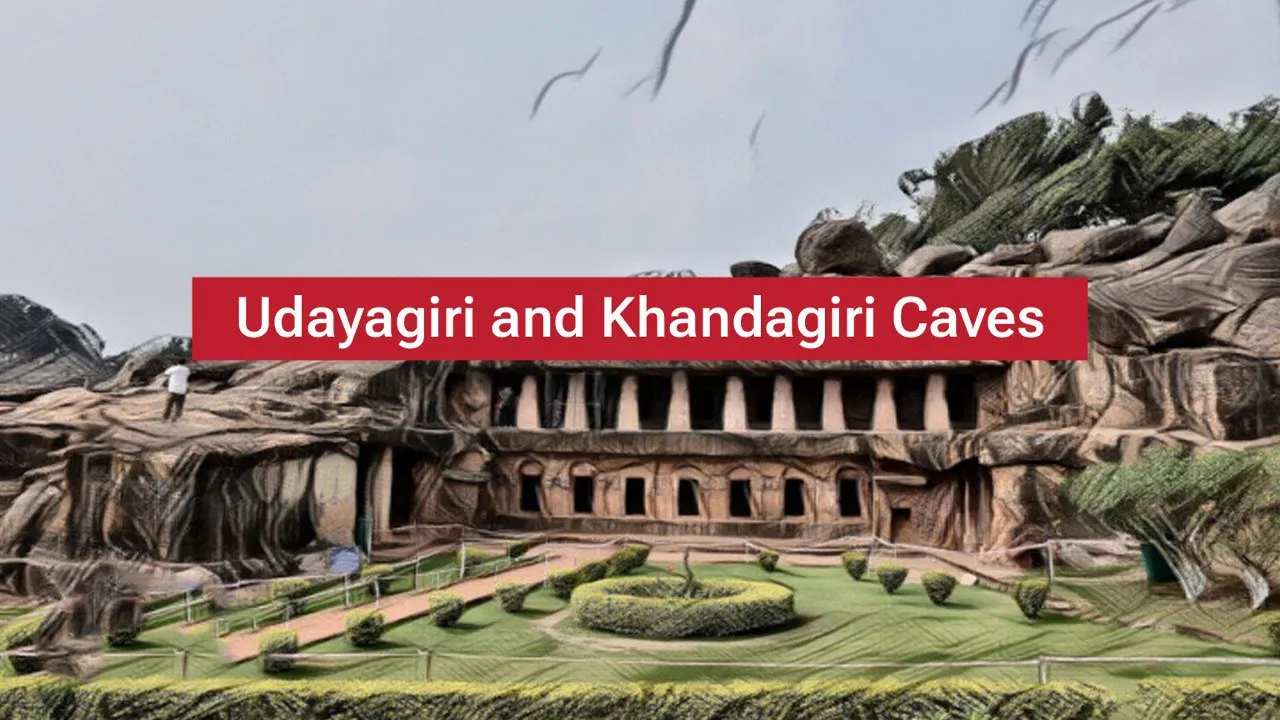
Udayagiri and Khandagiri Caves, formerly called Kataka Caves or Cuttack caves, are partly natural and partly artificial caves of archaeological, historical and religious importance near the city of Bhubaneswar in Odisha , India. The caves are situated on two adjacent hills, Udayagiri and Khandagiri, mentioned as Kumari Parvata in the Hathigumpha inscription . They have a number of finely and ornately carved caves built during 2nd century BCE. It is believed that most of these caves were carved out as residential blocks for Jaina monks during the reign of King Kharavela . Udayagiri means "Sunrise Hill" and has 18 caves while Khandagiri has 15 caves.
Nandankanan is the first zoo in India with a white tiger safari. It provides unique situation where the visitors are confined in a vehicle and the animals roam in the open jungle. A twenty-minute drive through the meandering roads crisscrossing the natural forest in a special protected vehicle takes the visitors straight into the pride of lion in the lion safari. Also visitors can avail opertunity to slight sloth bears in their natural habitat through safari bus service.
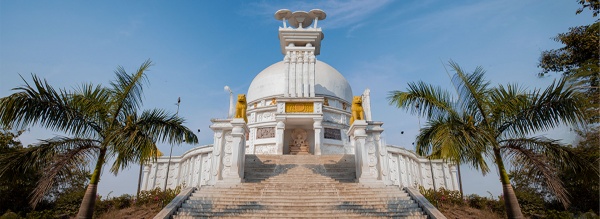
Shanti Stupa of Dhauligiri is also known as the Peace Pagda. Dhauligiri lies at a distance of 7 Km from Bhubaneswar. As one travels from Bhubaneswar to Puri, one finds Shanti Stupa. The word 'shanti' in the name itself suggests peace. Since King Ashoka adopted the path of peace and tranquility and resorted to Buddhism, he laid the foundation of Dhauligiri Shanti Stupa at a place which is known for the end of Kalinga War. Here, one finds the edict of Lord Budddha which is visited by numerous Buddhist devotees.
The revered Mukteswara Temple is a must-visit tourist attraction in Bhubaneswar. Built in the 10th Century, this shrine is considered as a ‘Gem of Odisha’ for its splendid architecture, exquisite sculpture work and intricate carvings. Dedicated to the Almighty Lord Shiva, this temple boasts of the Kalinga architectural style.
The Mukteswara Temple, Bhubaneswar lies adjacent to the Parasurameswara Temple , which is another masterpiece from that era. It is also situated close to another popular place of worship in the city – the Lingaraj Temple .
Entirely made out of red sandstone, this 35-feet temple is famous especially for its elaborately decorated arched-shaped gateway (locally known as Torana). The intricate and exquisite carvings on the arch is simply mesmerizing and is a testimony to the skilled craftsmanship of that period.
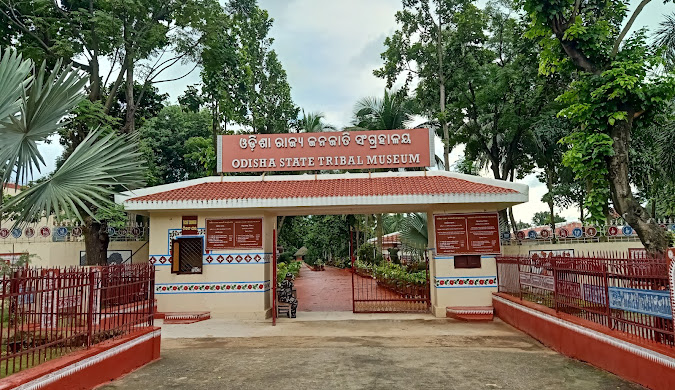
The new ‘Odisha State Tribal Museum’ has been set up to cater to the needs of the visitors and researchers. Steps have been taken for Live Demonstration of Art and Crafts by Tribal Artists and Artisans in the Museum Complex on all working days throughout the year by engagement of 16 Tribal Artists on payment of remuneration on monthly basis to demonstrate and prepare different kinds of culturally significant Arts & Crafts creating facilities for sale of their product. This will be a milestone for preservation, documentation, display and demonstration of the rich tribal cultural heritage of Odisha.